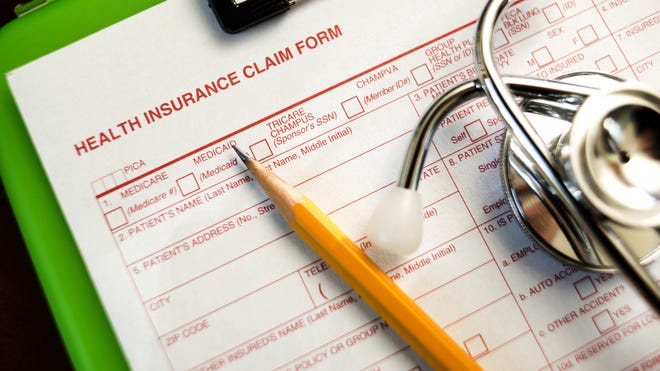Inflation may be slowing at grocery stores and used car dealerships, but health care costs are set to rise significantly next year.
a Report Health insurance plans covering about 900,000 Michiganders are slated to see double-digit rate increases in 2025, according to the Michigan Department of Insurance and Financial Services.

The proposed increases would average 11.2% for small group policies, for businesses and organizations with fewer than 51 employees, and 10.7% for individual policies, including those sold on the Healthcare.gov website.
In Michigan, rate demands are at their highest in years: Last year, state regulators approved increases that averaged 7 percent for small group plans and 5.3 percent for individual market plans.
The public comment period on the proposed fees ended late last month, but DIFS is not expected to finalize rates until October for 2025. A DIFS spokesman declined to comment Friday because the rates are still under review.
Many people who buy individual plans on the Healthcare.gov marketplace would be insulated from the full impact of the proposed rate increases because of the Affordable Care Act’s generous tax credit subsidies, which increase along with the price of premiums based on income.
The Healthcare.gov supplemental subsidies for middle-income Americans are scheduled to begin in 2021 and run through 2025, at an estimated cost to the federal government of about $22 billion per year.
The state’s largest insurer, Blue Cross Blue Shield of Michigan, aims to raise rates for its small group plans, which cover more than 276,200 people, by more than 11 percent, increase average rates for its individual market HMO plans by just under 9 percent and increase average rates for its individual market PPO plans by 7.5 percent.
In a statement Friday, Blue Cross said the need to increase premium rates is due to rising claims across all areas of medical services, including hospitalization, outpatient care and office visits, as well as higher-than-average drug cost trends.
Blue Cross also said it has been able to limit the average aggregate premium increase for its small group employer plans to about 5 percent over the past four years.
more:As many people return to college, interest rates on federal student loans have reached their highest levels in years.
more:Economists say the Fed should have cut interest rates
“We remain vigilant about the pressures that both medical and pharmaceutical costs are placing on small business premiums,” the statement said.
Priority Health is currently seeking an average rate increase of 13.2% for its small group plans, which serve more than 91,000 people, and an average rate increase of 18.9% for its individual market plans, which serve about 155,000 people.
The Grand Rapids-based insurer said in a statement Friday that the rate hikes were necessary due to rising costs of prescription drugs, particularly GLP-1 drugs such as Ozempic, which treat diabetes and obesity, and increased utilization of health care services.
Priority Health’s statement also said that four in five people in the individual market qualify for a Priority Health plan, which costs just $10 or less per month after federal tax credits.
“We work very hard to maintain affordable rates that provide our members with access to high-quality care,” a Priority Health statement said. “Approximately 90 cents of every dollar is spent on our members’ health care.”
Citing high costs, many insurers, including Blue Cross and Priority, have begun limiting coverage of GLP-1 drugs to only people with diabetes and will stop covering patients who want the injectables primarily for weight loss.
Without insurance, out-of-pocket costs for GLP-1 drugs can be around $1,000 per month.
Contact JC Reindl at 313-222-6631 or inquiryFollow him on .X @Jecklindle.

